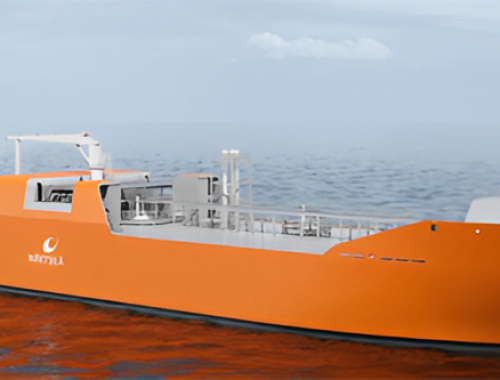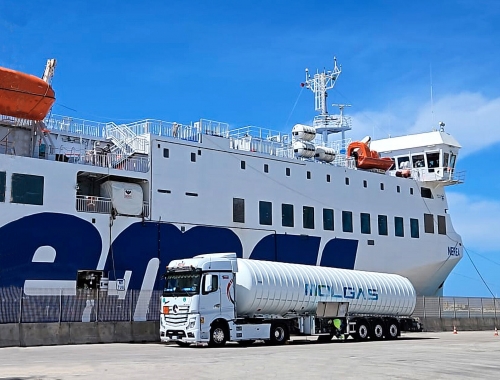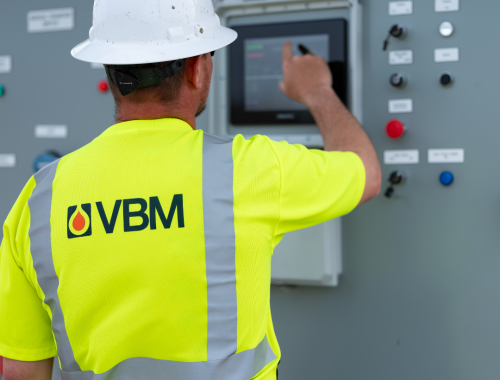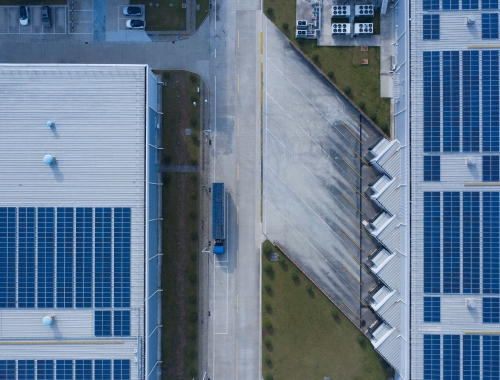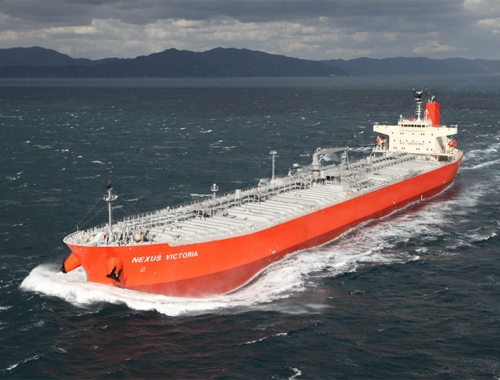Bio-LNG can help decarbonise shipping today: SEA-LNG
SUMMARY
The benefits of the LNG decarbonisation pathway via bio-LNG are being recognised by increasing numbers of cargo owner, SEA-LNG said.
By Shardul SharmaPOSTED IN:
Bio-LNG today is the most readily available solution to decarbonise shipping, especially across Europe, SEA-LNG said in a report published on November 18.
Widely used as a net-zero fuel for heavy-duty vehicles within the EU, it is already being used as a marine fuel, it said. Production is growing rapidly with 78 plants within the EU forecast to be operational in the next two years. Production is expected to expand tenfold by 2030.
Bio-LNG reuses waste from farming activities, industries and households to create green fuel. It supports the circular economy, capturing methane that would otherwise be released into the atmosphere. “The benefits of the LNG decarbonisation pathway via bio-LNG are being recognised by increasing numbers of cargo owners, from car manufacturers to Amazon,” SEA-LNG said.
Bio-LNG utilises existing infrastructure built up over decades for LNG. As sustainable sources of bio-LNG are often distant from the maritime demand for bio-LNG, so clear terms for a guarantee of origin system are needed, to allow bio-LNG products to capitalise on existing gas infrastructure.
Maximising bio-LNG’s potential role in decarbonising the shipping industry will require a supportive regulatory framework. A technology-neutral approach based on full life-cycle assessments of greenhouse gas emissions is needed for every potential future fuel, SEA-LNG said.

